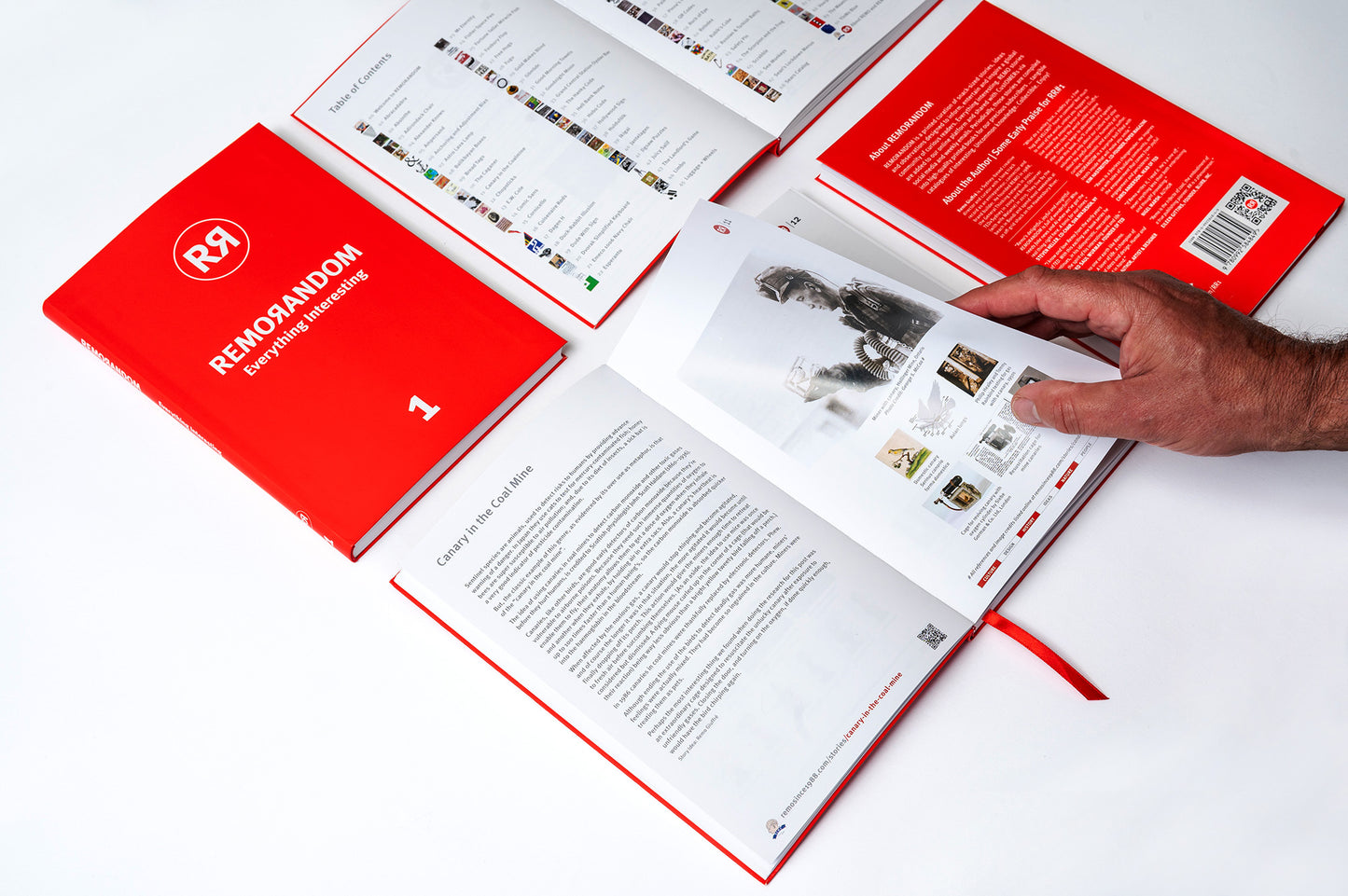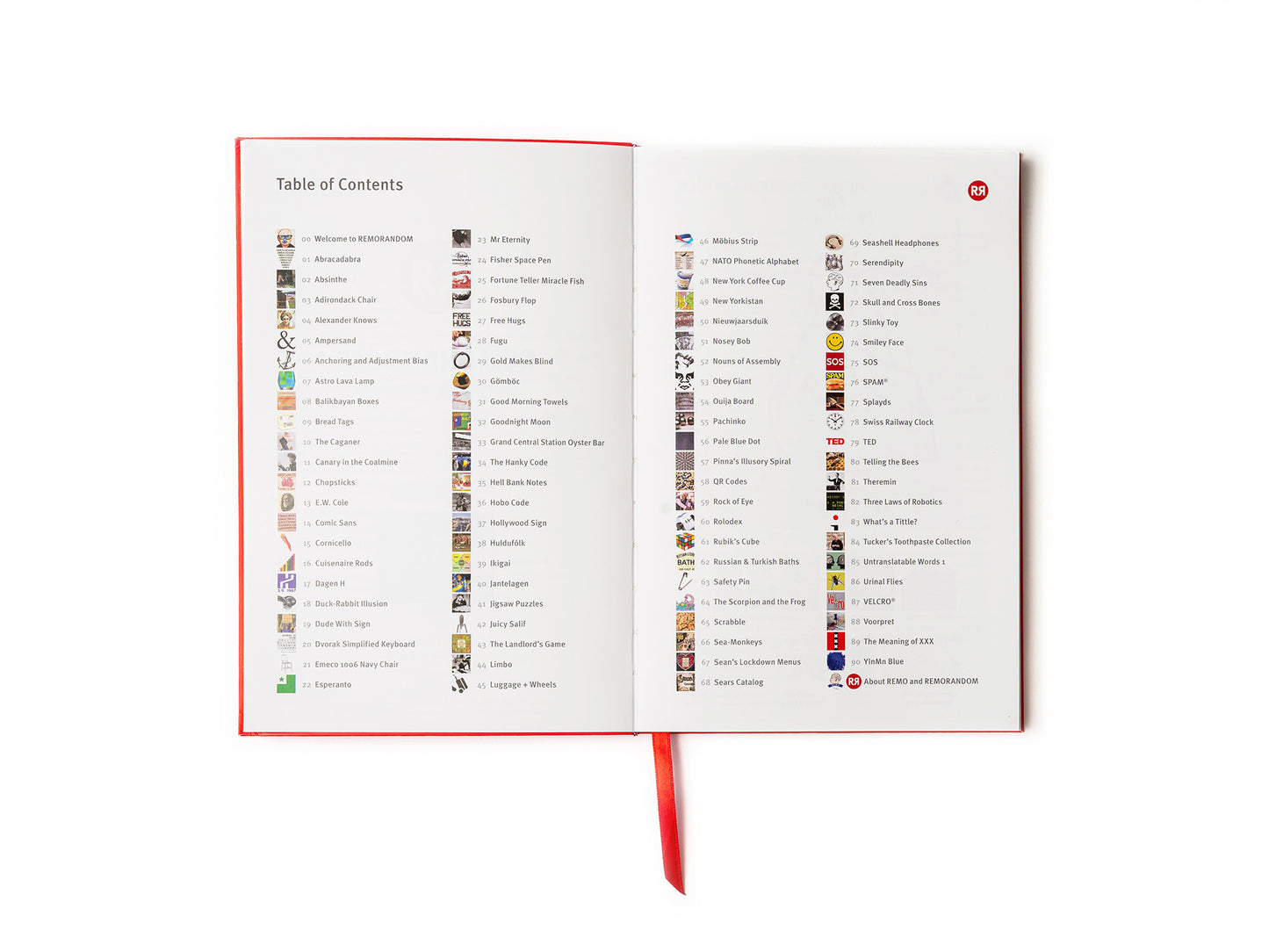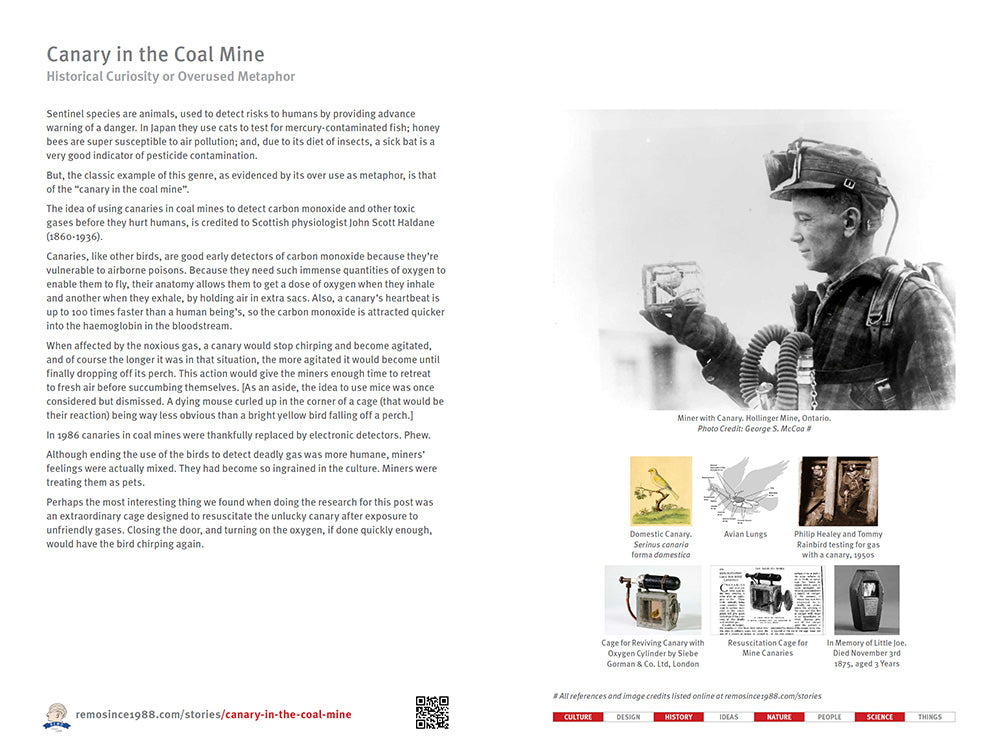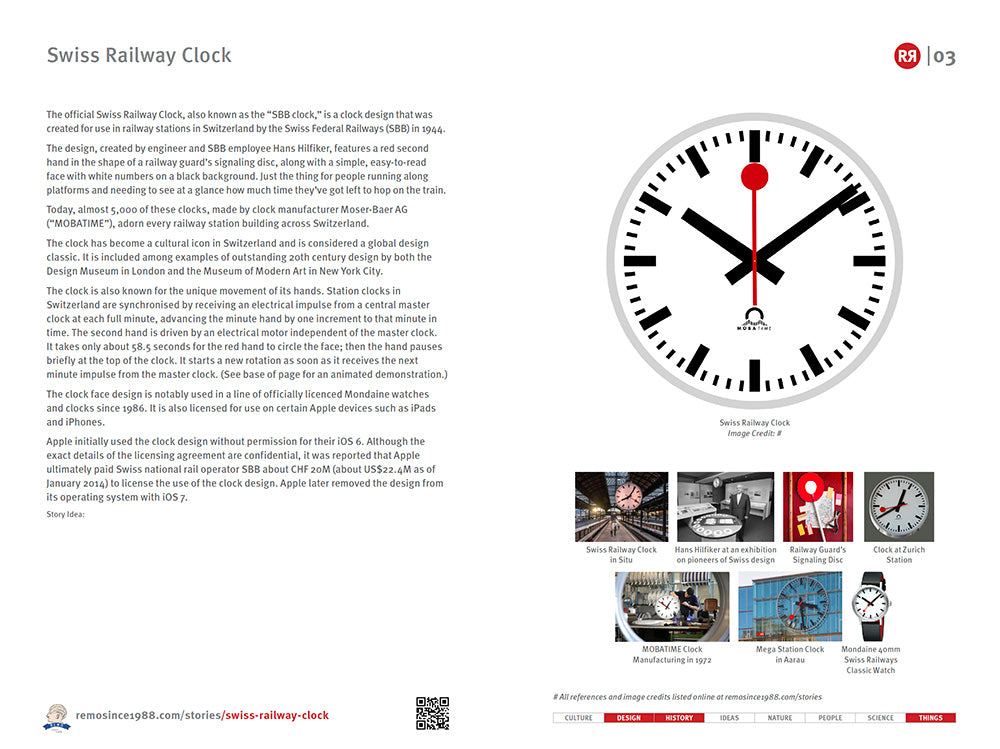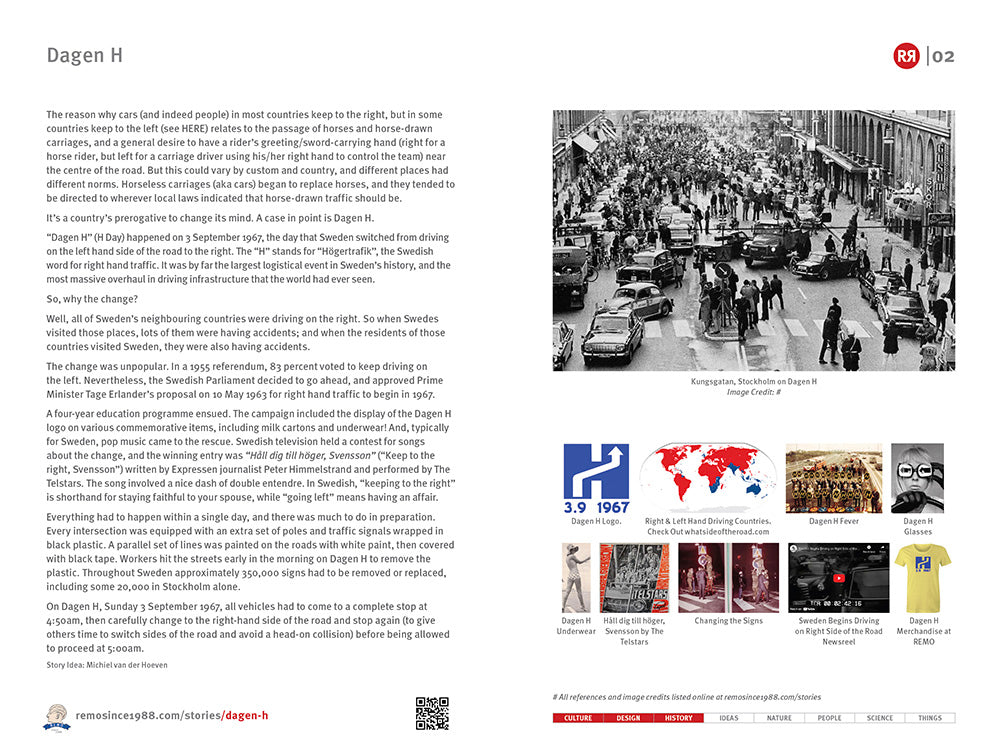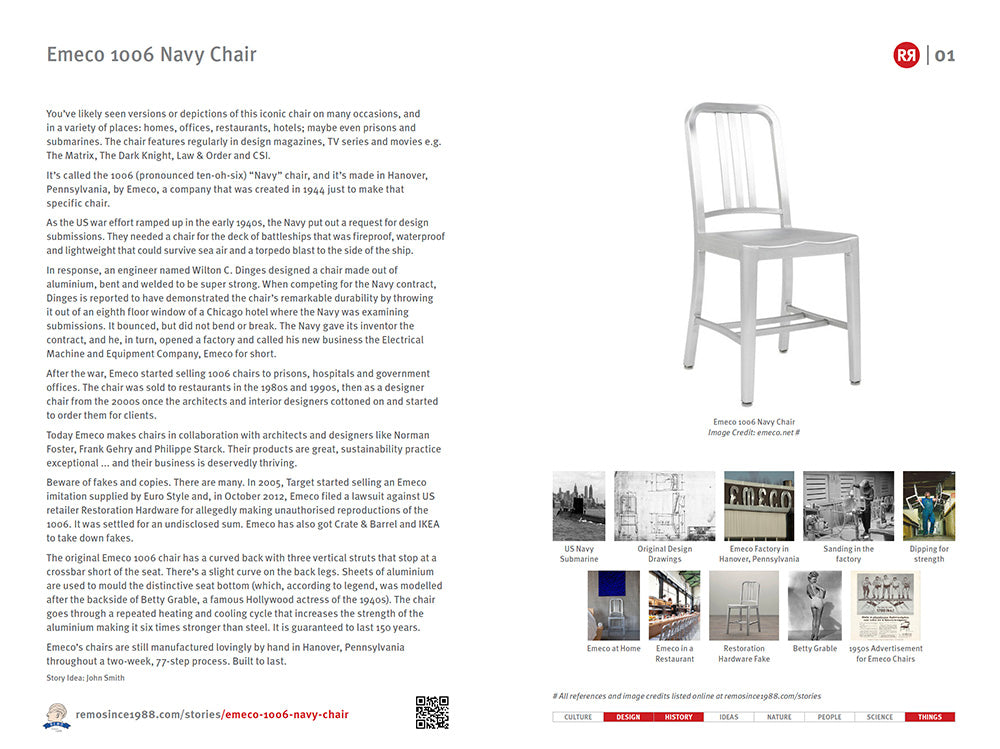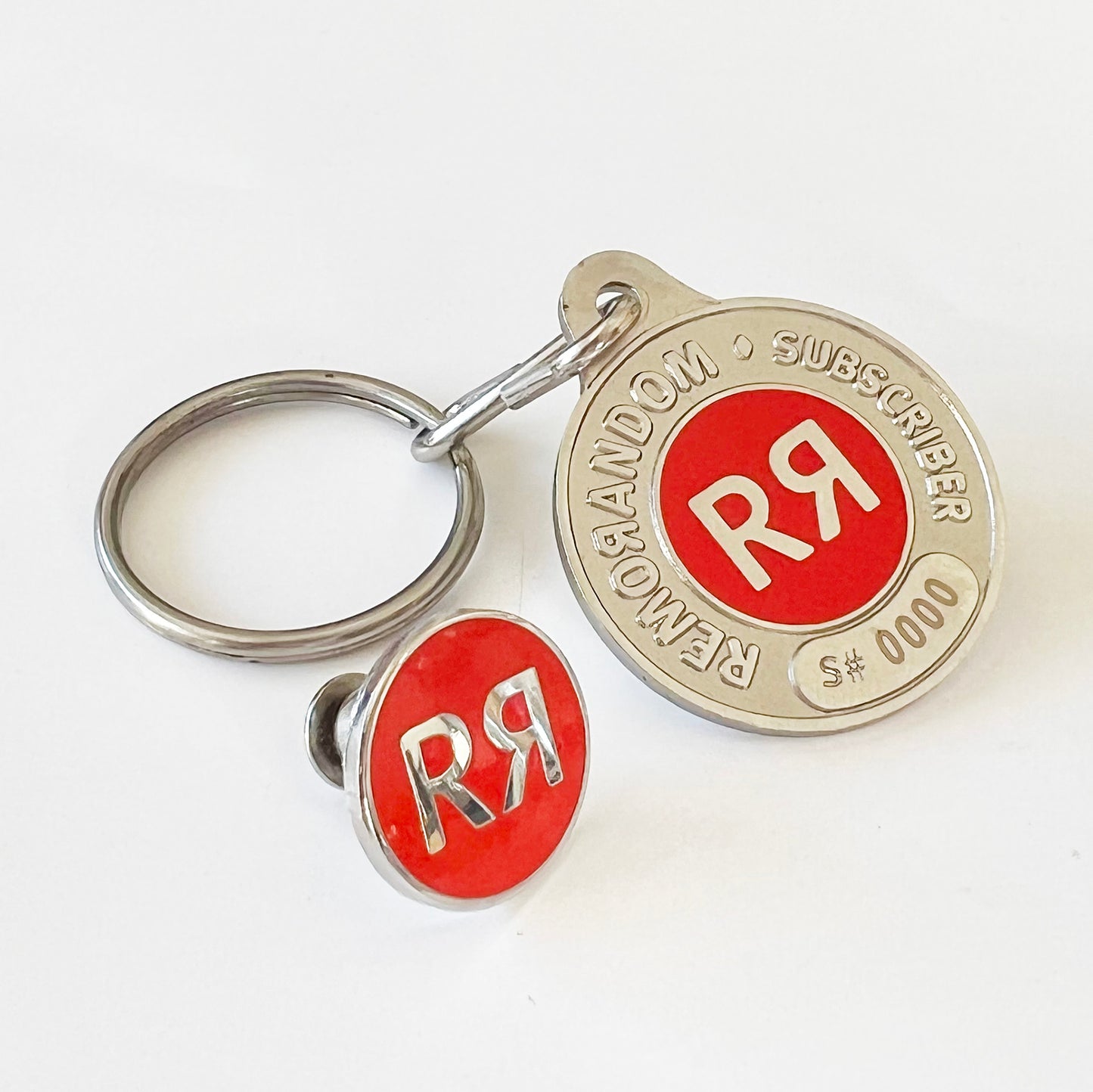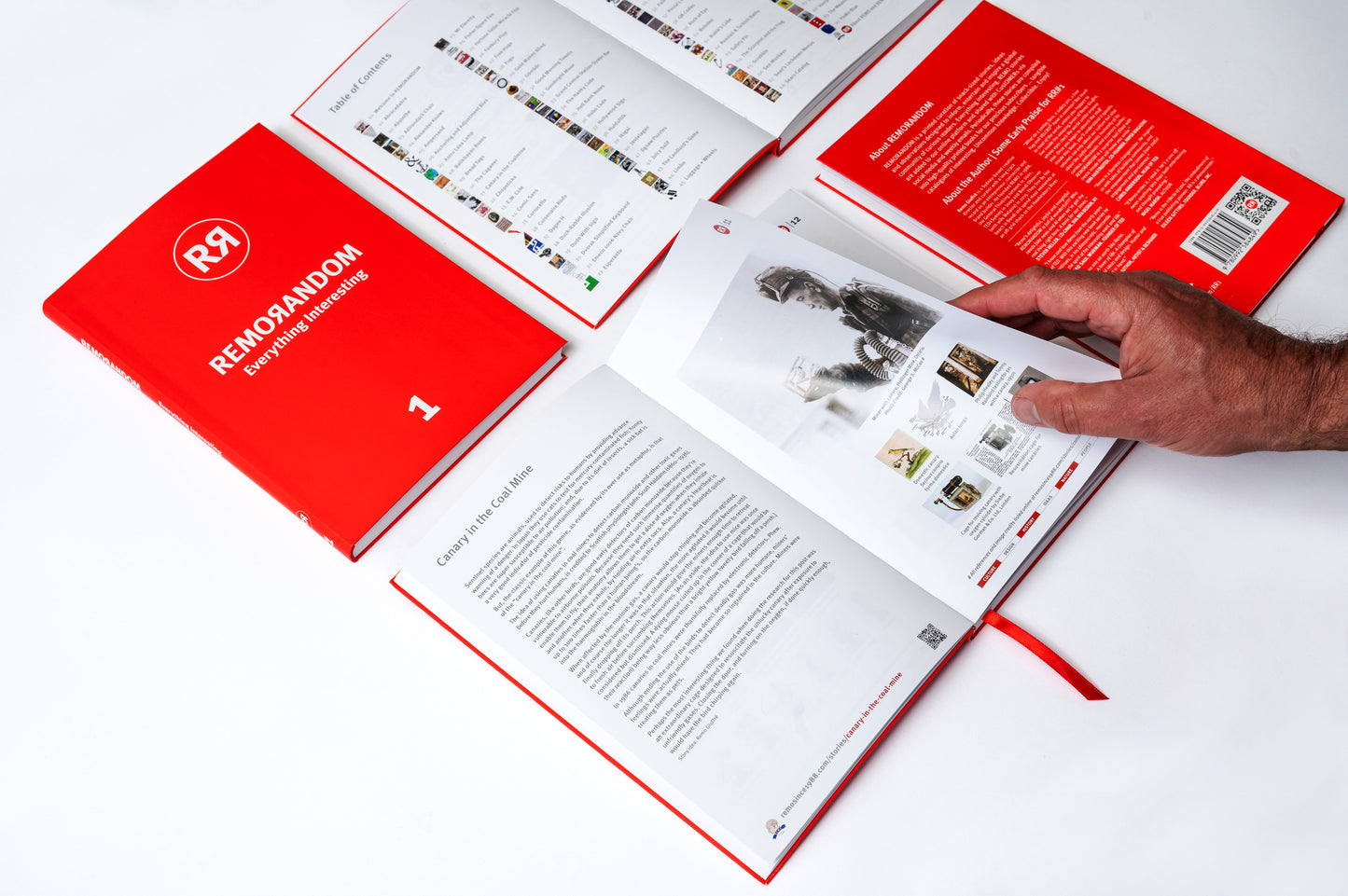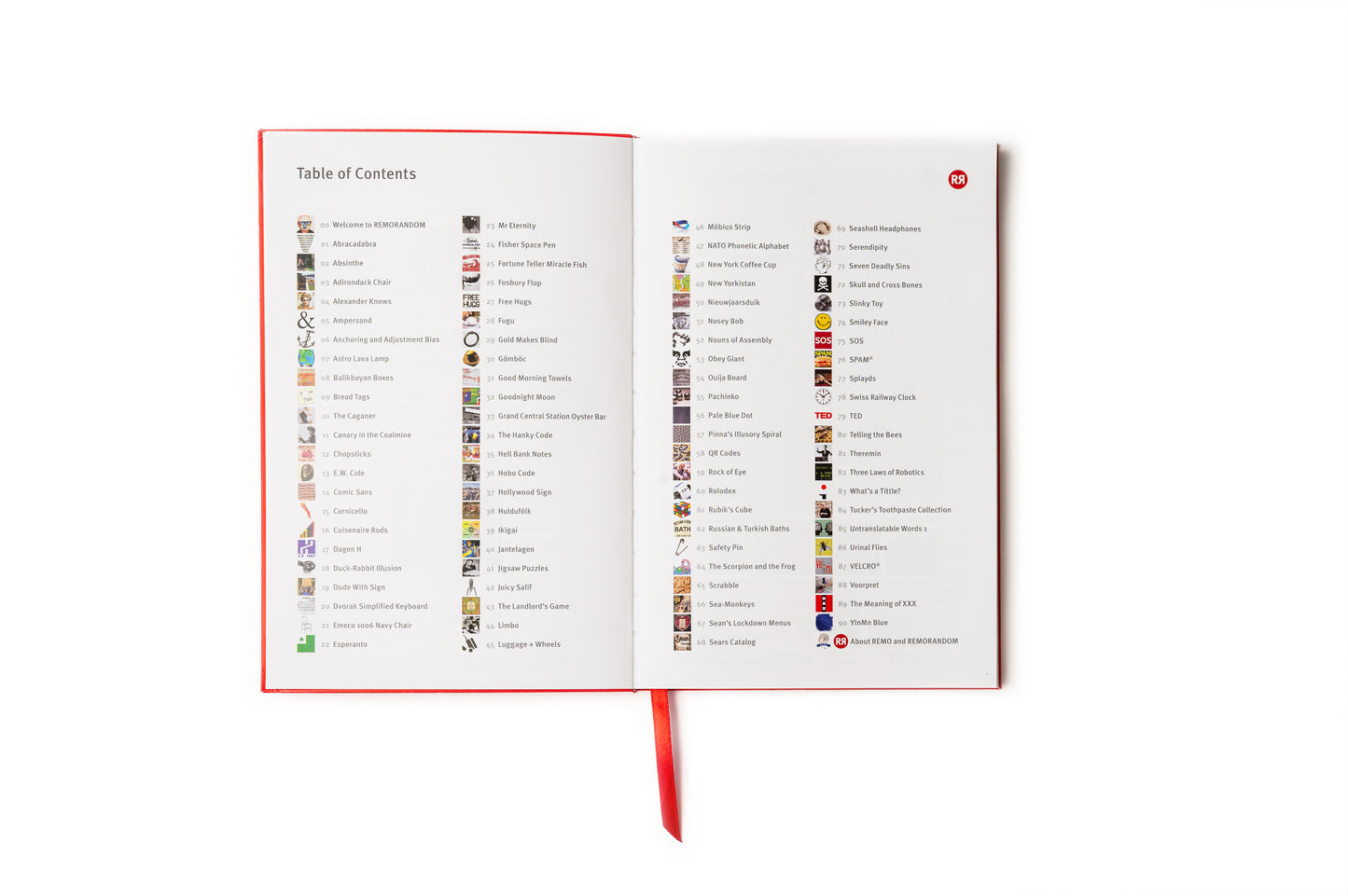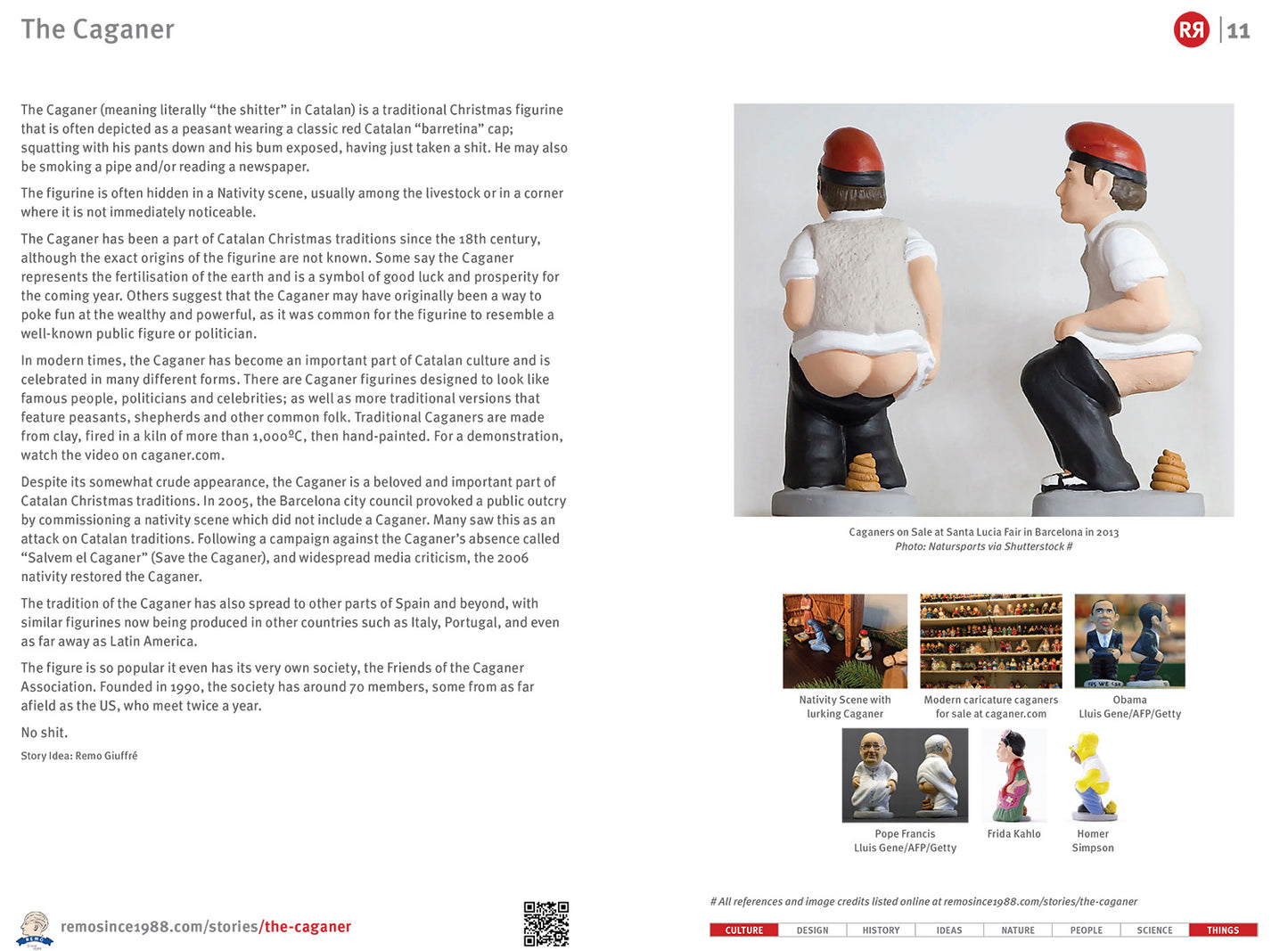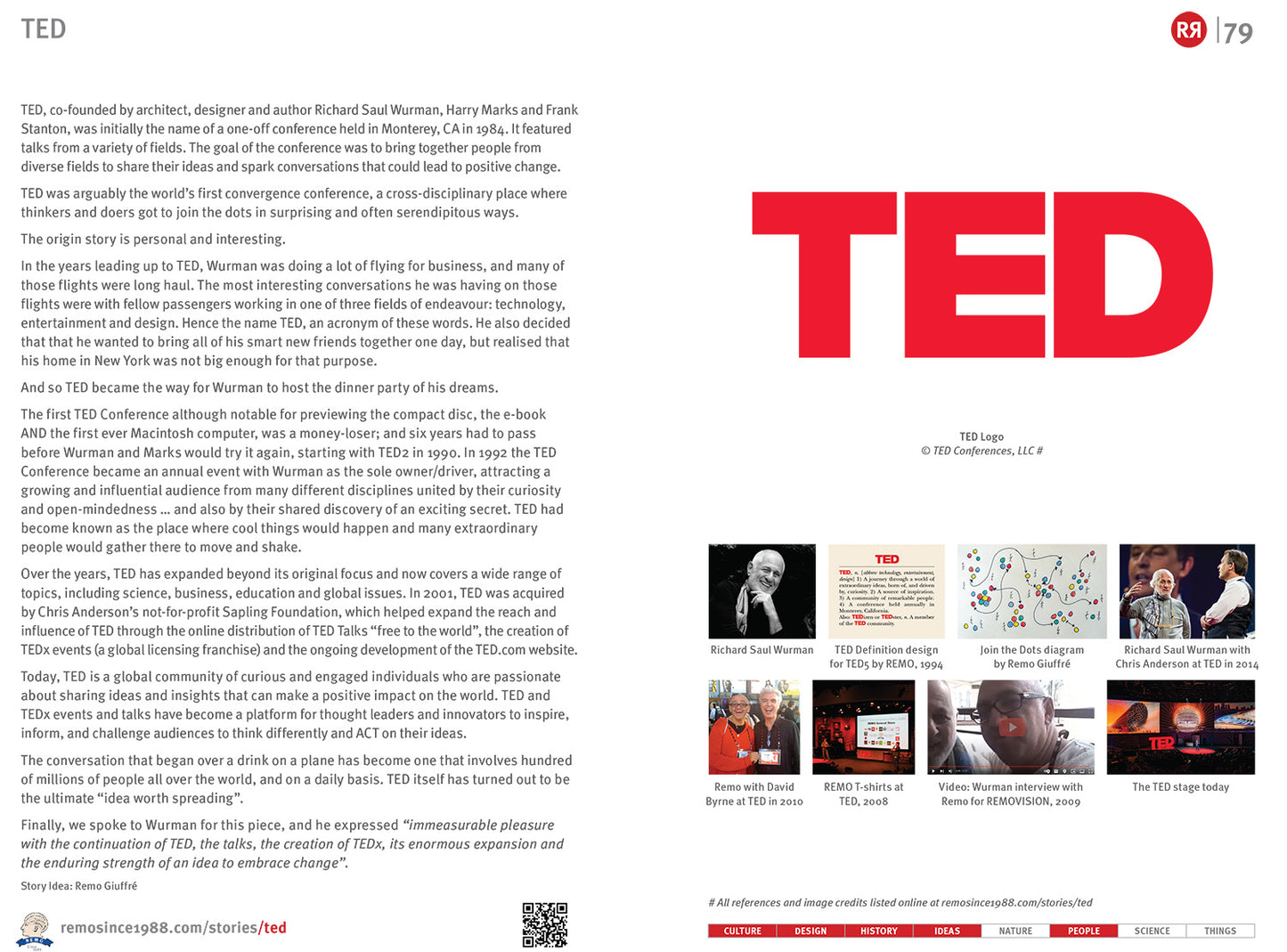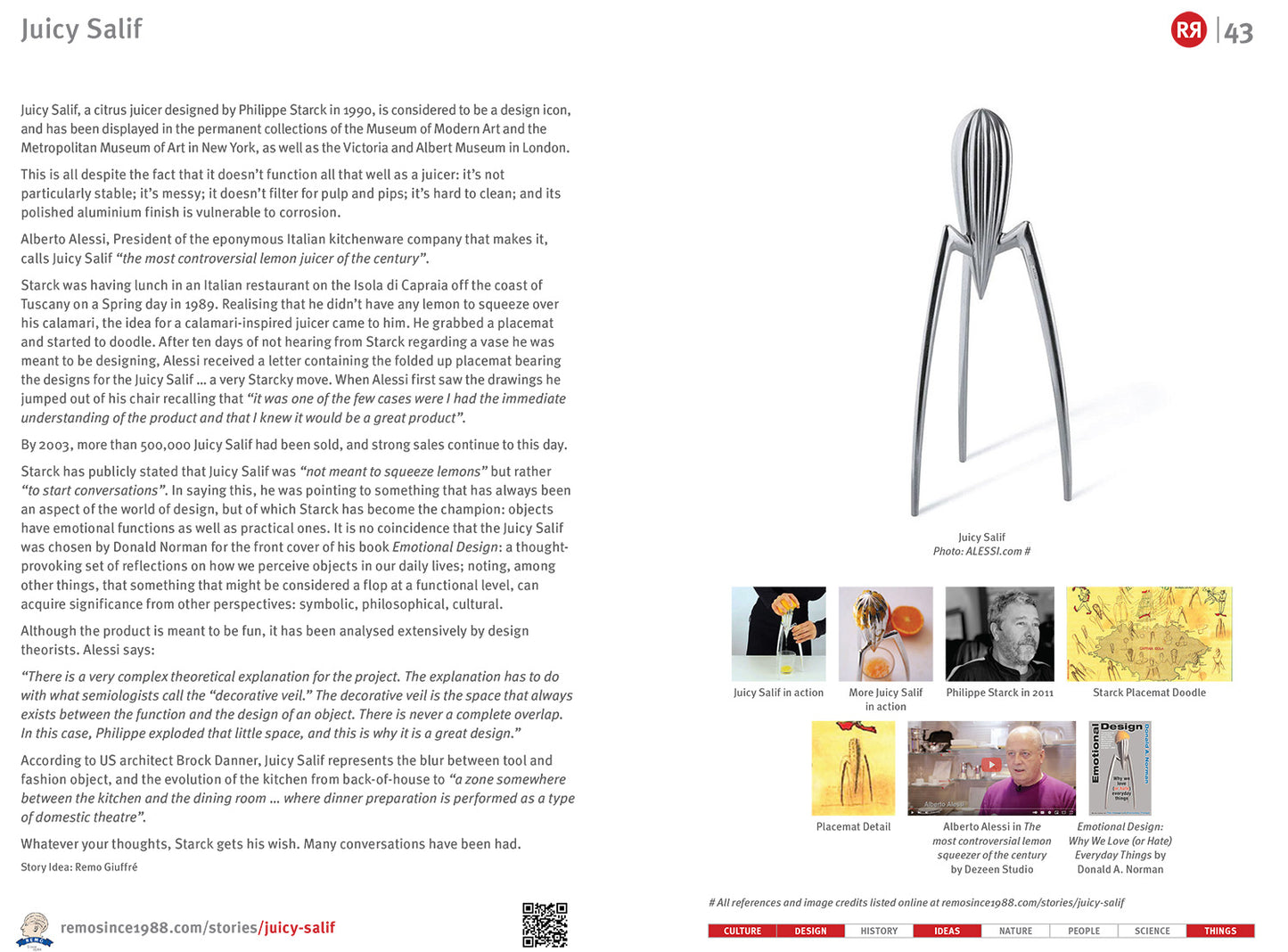If you’re of a certain age this home exercise contraption will remind you of those adolescent desires to bulk up or trim down, whichever the case may have been.
The Bullworker [Ed: even the name makes you feel stronger) works in one of two ways. Two cylinders fit inside each other and contain a spring. Push the handles at each end and and you meet resistance. The addition of two cables slung from one handle to the other allowed for pulling exercises.
The product enjoyed widespread popularity in the 1960s and 1970s during the personal fitness craze, but its popularity fell off in the 1980s when personal gyms began to proliferate. New models have been made available, and Bullworker is still marketed worldwide by different licence holders, e.g. HERE.
In the 1950s, German scientists Dr. Erich Albert Müller and Theodor Hettinger observed that muscle growth can be attained by exerting 60% of existing muscle strength against a superior resistance for only seven seconds once a day, a fitness technique known as isometrics. Then, in the 1960s, professor James A. Baley put isometrics to the test with a class of 104 college students at the University of Connecticut. The results were encouraging.
Against this backdrop, the Bullworker, originally called the “Tensolator”, was invented and patented by German Gert F. Kölbel in 1962. It somewhat resembled earlier devices, e.g. the one developed and patented by Arthur A. Pons from Brooklyn in 1912. Kölbel used and enhanced these earlier devices to create the Bullworker, a portable home fitness device marketed at a price that everyone could afford.
The original Bullworker weighed about 1.8 kilograms (4 pounds), with a potential range of up to 68 kilograms (150 pounds) of potential resistance.
Back in the day, there were lots of exercise routines designed for the Bullworker, and the device enjoyed widespread popularity throughout the world. They were sturdy enough to last for a very long time. Maybe you have one sitting around.
Bullworker newspaper and magazine ads were ubiquitous, and often contained headlines of questionable taste, e.g. “Girls are attracted to men who look fit” and “Now you can laugh at skinny weaklings”.
And Bullworker was part of the culture. A young Muhammad Ali (then Cassius Clay) gave it his thumbs up, and there are photos of martial artist Bruce Lee’s office with a Bullworker propped up in the corner. Sean Connery even used one to clobber one of the bad guys in the 1983 Bond film Never Say Never Again.
To see more Bullworker imagery, check out this video on the OIdtime Strongman YouTube channel.
_____________________________
References
wikipedia.org/wiki/Bullworker
bullworker.com
oldtimestrongman.com
Images
1. The Bullworker montage. Credit: Oldtime Strongman.
2. Image from the bullworker patent by Gert F. Kölbel. Credit: Malev.
3. Bullworker ad, 1980. Credit: Jim Barker via Flickr.
4. Bullworker ad, 1977
5. Cassius Clay says: "Believe me, this marvel builds champions."
6. Bruce Lee's personal Bullworker® in his office at Golden Harvest, 1972/3
7. Sean Connery as James Bond in the 1983 film Never Say Never Again
8. Bullworker bits available at bullworker.com
9. Video: "Oldschool Bodybuilding: Episode #6: The Bullworker!" Credit: Oldtime Strongman, 2020.






